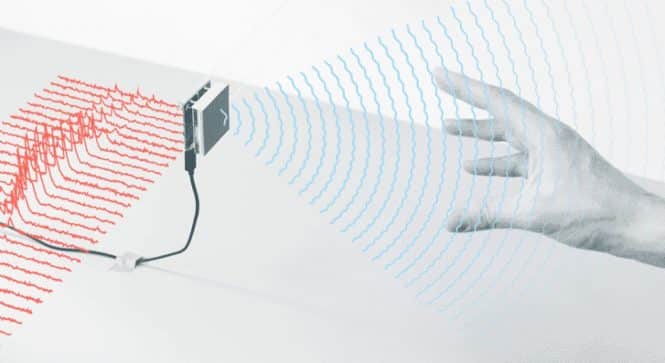
Be sure and visit our summary page on Touchless
Touchless Touch
WASHINGTON (Reuters) – Alphabet Inc’s (GOOGL.O) Google unit won approval from U.S. regulators to deploy a radar-based motion sensing device known as Project Soli.
The Federal Communications Commission (FCC) said in an order late on Monday that it would grant Google a waiver to operate the Soli sensors at higher power levels than currently allowed. The FCC said the sensors can also be operated aboard aircraft.
The FCC said the decision “will serve the public interest by providing for innovative device control features using touchless hand gesture technology.”
A Google spokeswoman did not immediately comment on Tuesday, citing the New Year’s Day holiday.
The FCC said the Soli sensor captures motion in a three-dimensional space using a radar beam to enable touchless control of functions or features that can benefit users with mobility or speech impairments.
Google says the sensor can allow users to press an invisible button between the thumb and index fingers or a virtual dial that turns by rubbing a thumb against the index finger.
Google’s Advanced Technology and Projects (ATAP) team has been working on Project Soli since 2015. The gesture-based system uses broad beam radar to detect and capture hand movements, turning them into commands for mobile devices. Until now, though, the tech has been restricted, with some companies — including Facebook — claiming that the high frequency levels required might interfere with existing technology. Now, the FCC has granted a waiver that will allow Soli to operate at higher levels than currently allowed, and therefore continue development as Google originally intended.